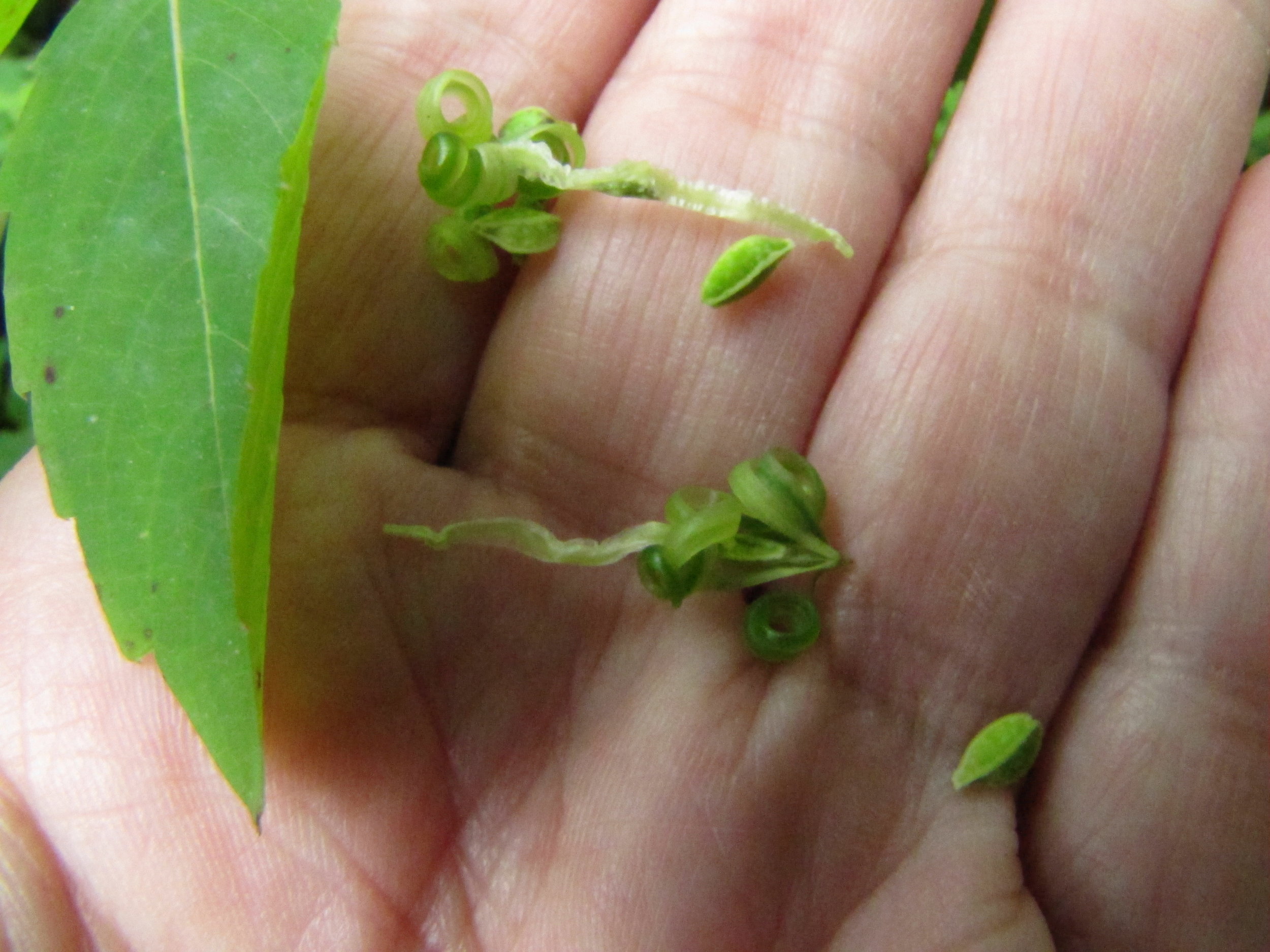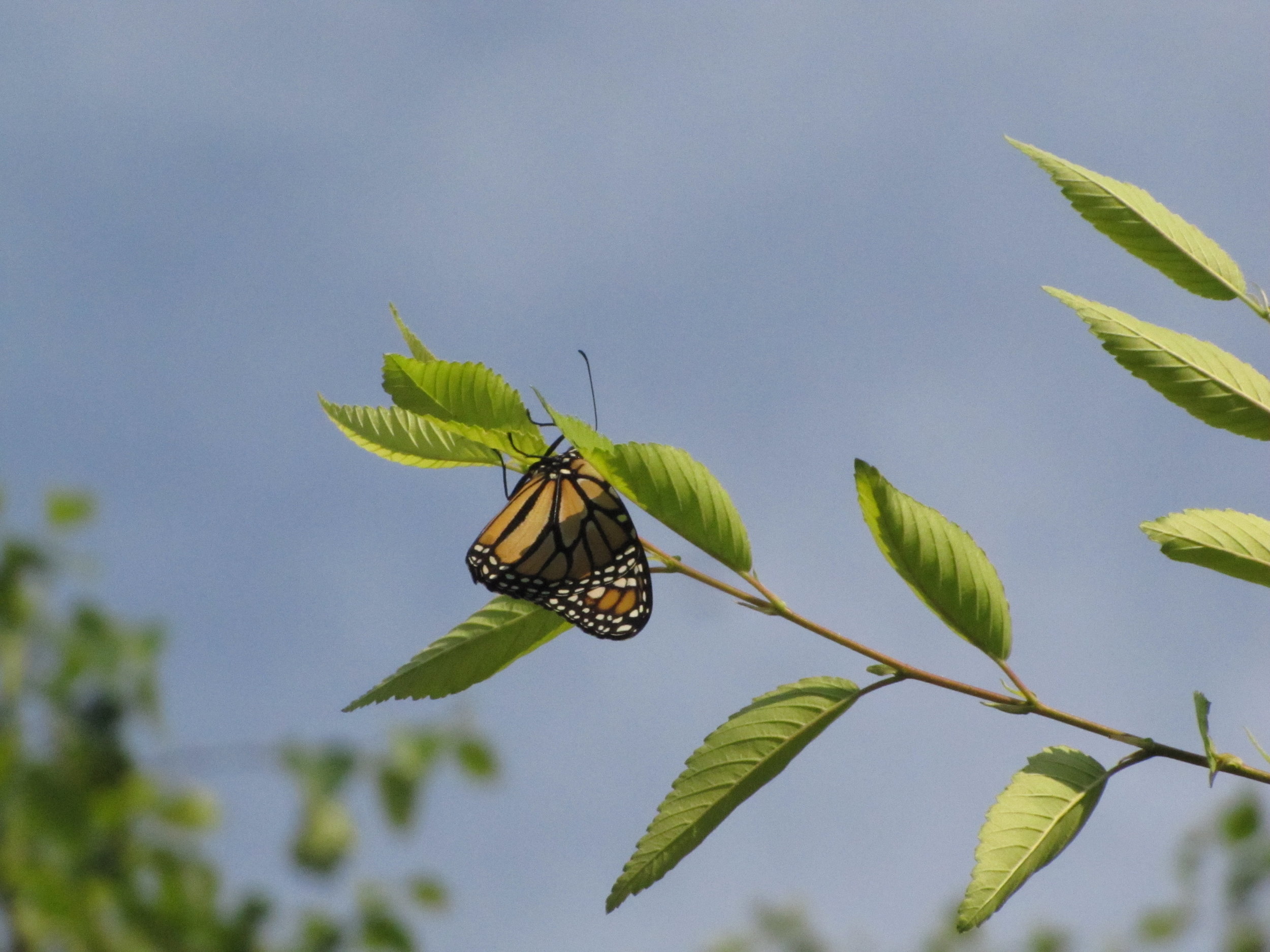It is a time of endings. Each leaf that falls has ended the life it knew and is beginning a new life, one of letting go of the energy that makes it a leaf and becoming building blocks for next years plants. Endings are mostly recycling in nature. Being human, we tend to view each ending as a loss, instead of the next step in a continuous cycle. We get drawn into melancholy, missing the moments of beauty. There are lessons to be learned here in the woods.
A dragonfly landed on my hand the other day. A little red Meadowhawk. It paused for a moment, soaking up some of the warmth, then it was gone. Dragonflies live short lives compared to us, from a few months to a few years. Most of that life is as a nymph, in the water. When it finally crawls out of the water and sheds its skin one last time, the actual dragonfly that we recognize lives only for a few weeks. It eats, mates, lays eggs, and dies. If it is not eaten before it can complete the cycle. Up to 90% of dragonflies are a food source for birds, small mammals and other dragonflies. So when you see them flitting about on these last warm days, pause a moment to relish a fleeting sight.
Other things are flying these days. Young birds, fresh from the nest, are making their way into the world. Some with family around, some solo. My walk the other day was interrupted by a harsh call. A raven was circling the woods, calling to something. By the time I made it across the meadow, it was long gone. Maybe it was a lone young raven, scoping out territory. Maybe it was an older one encouraging a young one to fly. Why do humans need stories about what they see? Can you imagine a coyote, pausing at the edge of the woods. It sees a human walking in the distance and contemplates where the human is going, and why. I don' think so.
Maybe today's lesson is in just being in the moment. No need to add anything to the day. Be a leaf, gently floating down to earth on a breeze. Just letting go.











